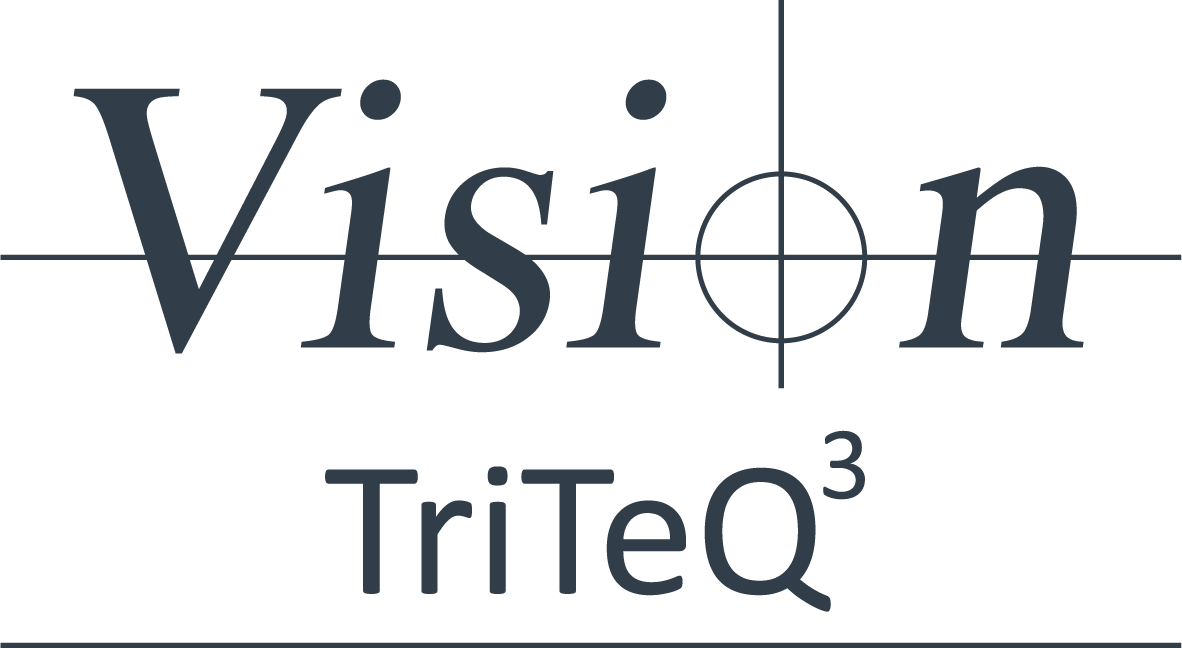A pilot project evaluation of a novel heads-up viewing system compared to desktop microscopes commonly used for ophthalmic simulation
A pilot project evaluation published by The Royal College of Opththalmologists The Eye journal
Extract:
“Engagement with ophthalmic simulation enables surgical skills to be developed outside the operating theatre until competence is achieved. In the UK, ophthalmic simulation has moved from large and expensive traditional operating microscopes to utilising much smaller and significantly cheaper table-top microscopes (STEMI 305; Zeiss). However, as the STEMI is not designed as a viewing system, there are issues with poor ergonomics, and a limited image range and projection for supervision. We became aware of a novel alternative laboratory option—the Deep Reality Viewing system (DRV; Vision TriTeq), which permits “heads-up” viewing in 3D without glasses, with an ergonomic design and a wide field of view.”
“…. Ophthalmic trainees were asked to complete a set task (corneal incision and suturing) using both systems and to evaluate them based ….. The DRV scored more highly for system-specific images, usability and task specific evaluation…… more ergonomic design with a wider field of view and greater supervisor potential to be significant benefits of the DRV system. Ease of viewing surgical tasks in 3D without additional glasses/headset was also appreciated, but without the high cost of theatre-based microscope equipment.”
“We have shown in this simple pilot study that the DRV system is effective as a viewing aid to ophthalmic microsurgical simulation and preferred by our trainees to the currently used STEMI desktop microscopes.”


